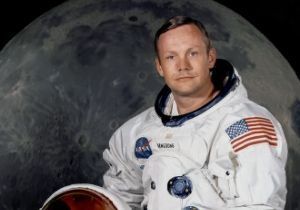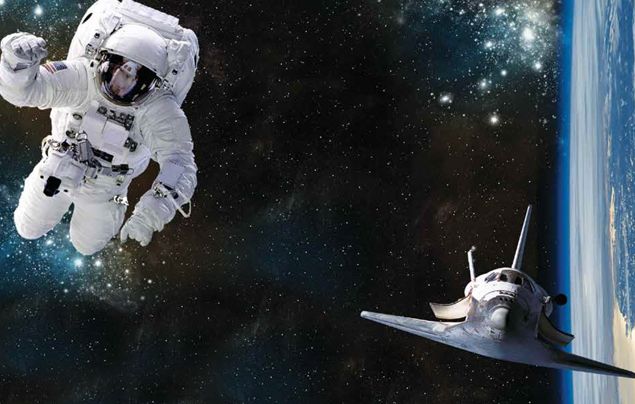Science with Dr Karl: Future space travel
Space travel with Dr Karl
FUTURE SPACE TRAVEL!
We humans are set to become a space-going race. At some stage in the future, there will be more humans living off the Earth, than on it. The Earth has been our cradle – but, like all babies, at some stage we have to leave the nest!
DODGING ASTEROIDS!
The major reason for space travel is to avoid being hit by a big rock from space. Last Halloween the asteroid 2015 TB145 did not hit the Earth… it missed by 480,000km – which is just a little more than the distance from Earth to the Moon. The asteroid was about 600m across, and moving at a speed of 126,000km/h! Had it impacted on land, it would have blasted out a crater some 10km in diameter. That impact would have wiped out a significant percentage of the human race. We had only three weeks warning of the approach of 2015 TB145. With our current level of technology for space travel, our only option would have been to evacuate all people from 1,000km around the impact site. But if we had a three-year warning, we could have got to 2015 TB145 and gently nudged it off course. The earlier we could have got to it, the smaller the size of the nudge needed. The Earth is about 12,700km across so, at most, we would have to shove it a touch over 6,000km. A near miss is still a miss!
A LADDER TO SPACE?
To become a space-going race, we will have to develop better ways to leave Earth’s surface (such as a ‘Ladder to Space’ – yes, it’s possible!). We will have to develop more powerful engines to travel at high speed through space, such as nuclear fusion engines. We will also have to develop ways to deal with the impact that the microgravity/zero gravity of space has on the human body, such as incredibly rapid osteoporosis, changes to the shape of eyes and heart and harm to the immune system.
I am quietly confident that we humans will be able to deal with potential Earth-impacting asteroids before a big one actually hits us. But I think that it will take several centuries before most of humanity is living away from Earth.
Asteroids are Mother Nature’s way of asking the question, “Hey humans, how’s your space program development going these days?”
DID YOU KNOW? Humans have been living in space since 2 November, 2000, at the International Space Station. Since then, over 200 people have been posted there, from 10 different nations!
DID YOU KNOW? The International Space Station is the largest artificial body in orbit. It’s about 108m wide, 73m long and 20m high. Because it’s so big, it’s easy to see at dusk or dawn. Just download an ISS timetable app to get the viewing times for your area!
DID YOU KNOW?
In 2015, 26 asteroids were observed zipping past Earth at less than one Lunar Distance (the distance from Earth to the Moon)!
More Like Space

Universe Facts

Neil Armstrong facts!

Facts about the Earth












LEAVE A COMMENT
THANK YOU
Your comment will be checked and approved shortly.
WELL DONE,
YOUR COMMENT
HAS BEEN ADDED!
COMMENTS1
CUSTOMIZE YOUR AVATAR